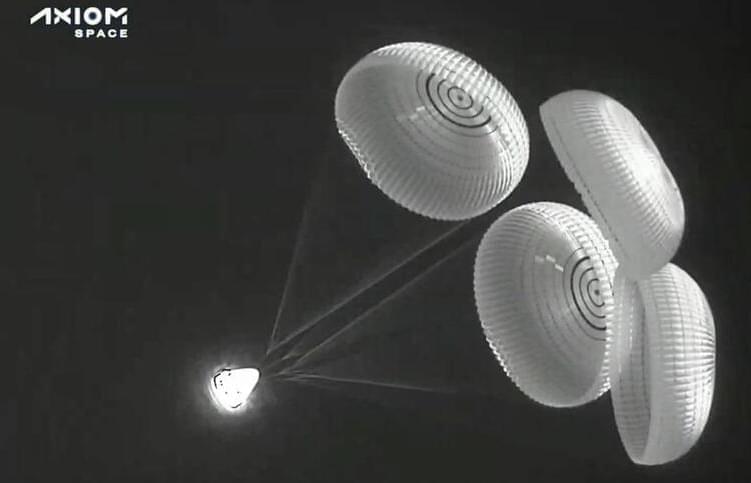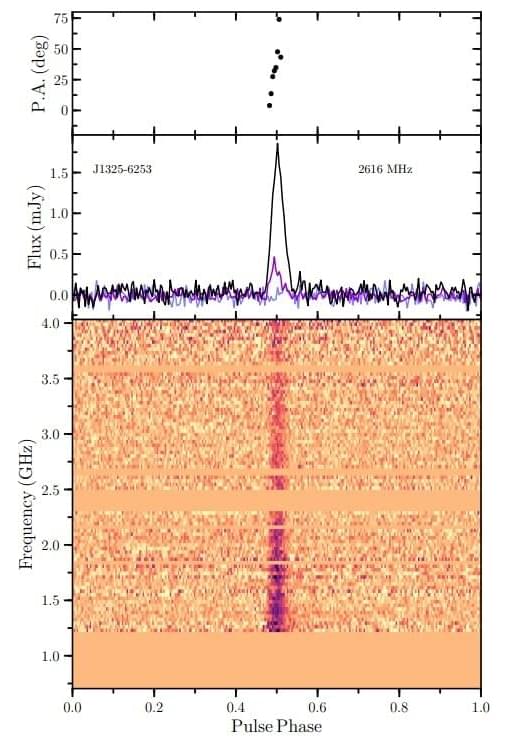
Get the latest international news and world events from around the world.


Elon Musk acquires Twitter for roughly $44 billion
The company’s board and the Tesla CEO hammered out the final details of his $54.20 a share bid.
The agreement marks the close of a dramatic courtship and a sharp change of heart at the social-media network.
Elon Musk acquired Twitter for $44 billion on Monday, the company announced, giving the world’s richest person command of one of its most influential social media sites — which serves as a platform for political leaders, a sounding board for experts across industries and an information hub for millions of everyday users.
The acquisition followed weeks of evangelizing on the necessity of “free speech,” as the Tesla CEO seized on Twitter’s role as the “de facto town square” and took umbrage with content moderation efforts he has seen as an escalation toward censorship. He said he sees Twitter as essential to the functioning of democracy and said the economics are not a concern.
Ownership of Twitter gives Musk power over hugely consequential societal and political issues, perhaps most significantly the ban on former president Donald Trump that the website enacted in response to the Jan. 6 riots.
Under the terms of the deal, Twitter will become a private company and shareholders will receive $54.20 per share, the company said in a news release. The deal is expected to close this year.
“Free speech is the bedrock of a functioning democracy, and Twitter is the digital town square where matters vital to the future of humanity are debated,” Musk said in the release. “I also want to make Twitter better than ever by enhancing the product with new features, making the algorithms open source to increase trust, defeating the spam bots, and authenticating all humans. Twitter has tremendous potential — I look forward to working with the company and the community of users to unlock it.”


Scientists demonstrate the use of a hydrogen molecule as a quantum sensor
What if we could use a hydrogen molecule as a quantum sensor in a terahertz laser-equipped scanning tunneling microscope? This would allow us to measure the chemical properties of materials at unprecedented time and spatial resolutions.
This new technique has now been developed by physicists at the University of California, Irvine, according to a statement released by the institution on Friday.
“This project represents an advance in both the measurement technique and the scientific question the approach allowed us to explore,” said in the press release co-author of the new study Wilson Ho, Donald Bren Professor of physics & astronomy and chemistry.
Somnium Space is an immersive virtual world where players can go kayaking and visit NFT museums. Here’s an inside look at how the world almost had me sold on the metaverse vision — if only it hadn’t been plagued with tech issues
Meetups occur every day at 10 p.m. Central European Time. Users gather in Somnium Space’s city center, known as City Plaza, which is next to Somnium’s virtual headquarters. Events there include open-mic nights, concerts, and developer meetups.
Making money in Somnium Space
Somnium Space isn’t all socialization. Many players are making money by creating and selling NFT avatars.
Why it’s so damn hard to make AI fair and unbiased
There are competing notions of fairness — and sometimes they’re incompatible, as facial recognition and lending algorithms show.

Elon Musk’s SpaceX Signs First Deal With Major U.S. Airline To Provide Free Wi-Fi For Passengers
Elon Musk’s SpaceX has signed its first ever deal with a major U.S. airline to provide wireless internet to passengers for free using the Starlink satellite network.
The deal with Hawaiian Airlines, which could be implemented as soon as next year, is expected to increase pressure on rival airlines to provide free Wi-Fi for passengers.
“Hawaiian doesn’t currently offer inflight Wi-Fi and has an extensive network of flights over the Pacific Ocean, serving the mainland U.S., Japan, Australia and New Zealand, among other destinations, from Hawaii,” CNBC reported. “It plans to offer Starlink connectivity on its flights out of its home state to cities throughout the mainland U.S. and to its international destinations.”
163 years later, new research challenges Darwin’s most famous theory about sex
Do Charles Darwin’s ideas on sexual selection hold up today? The biologist was very much of his time, which meant it may have shaped his understanding of evolutionary biology.


New double neutron star millisecond pulsar discovered
An international team of astronomers reports the discovery of a rare double neutron star millisecond pulsar. The newfound binary pulsar, designated PSR J1325−6253, consists of two neutron stars orbiting one another every 1.8 days. The finding is detailed in a paper published April 14 on arXiv.org.
The most rapidly rotating pulsars, those with rotation periods below 30 milliseconds, are known as millisecond pulsars (MSPs). It is assumed that they are formed in binary systems when the initially more massive component turns into a neutron star that is then spun-up due to accretion of matter from the secondary star.
Some pulsars consist of two neutron stars (dubbed double neutron star systems—DNS). They are one of the most important classes of objects used to test and understand numerous astrophysical and fundamental physics phenomena, including general relativity in the strong-field regime.